Audio
A Comparison Of The Beatles 1967-1970 LPs - Original Pressing Vs. Digital Remaster
Can a new computer remaster really keep up with the old school gear?
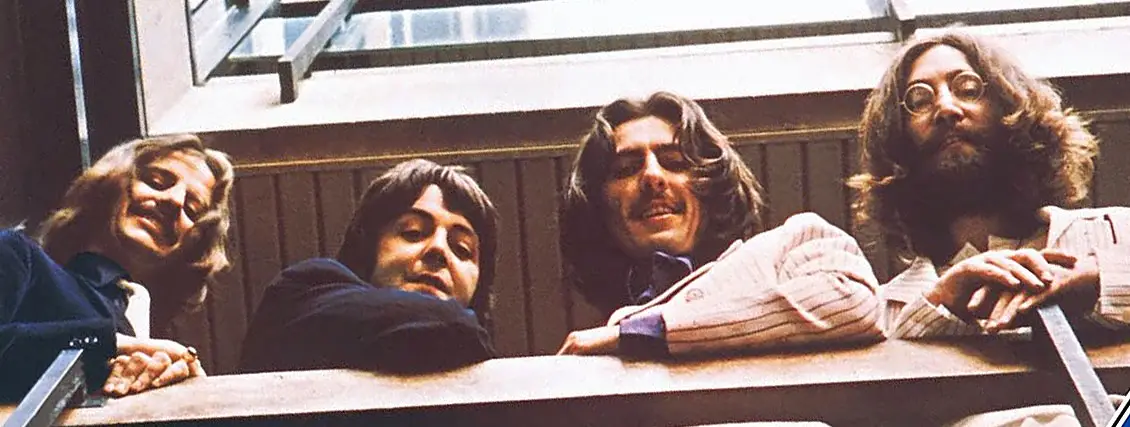
[NOTE: I wrote this before the release of The Beatles 2009 Remasters CDs. The best way to listen to The Beatles now is the Mono Box with the remaining missing stereo CDs. I do not believe that CD sounds better than vinyl, but the remasters are better than the old ones, and they are only available on CD (at time of writing; vinyl copies were issued). Let us hope there will be a vinyl pressing from the new digital masters. But since the article is really about the digital and DMM process, I still feel it's relevant.]
Many of you out there are aware vinyl is back, and back big time. I've always been a fan, having been buying records since I was in elementary school back in the early 80s.
The concept is that "vinyl sounds warmer." Well, I think that's just a cliche phrase people use to describe the fact that vinyl indeed sounds better than CD, and they don't know how to express it in other ways.
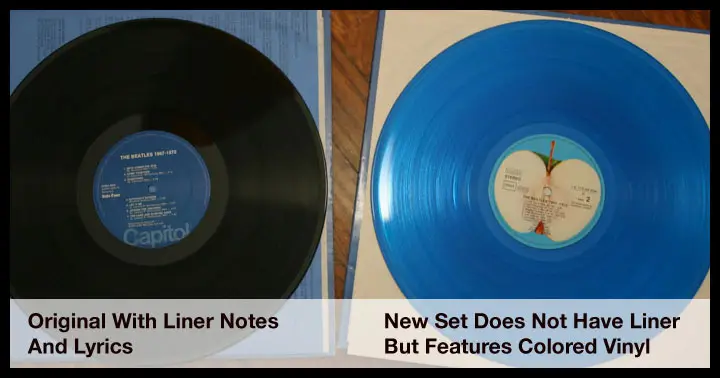
Well that's OK. Since I know for a fact that my CD player cannot keep up with my turntable, I'm a little skeptical of anything that says DIGITAL on it, especially a remaster of something that was originally done on a high quality studio tape deck (which is audio's holy grail).
So, if your a Beatles fan, and most likely even if you aren't, you're probably aware that their greatest hits collections are broken into 2 sets, the early years (1962-1966) which is the red set, and the later years (1967-1970) which is blue. For this comparison, I used the newer set, since the audio quality of the songs is better.
Everyone back in the day had these. So there are lots and lots of copies of the original set out there. However, if you are trying to buy a new copy of this set, you have to get the import, which was remastered with a computer sometime back in the 90s with, to the best of my memory, 20bit audio.
Like many, I already had the original sets so I wasn't interested in the high price of the remastered LPs, especially when they had likely been "damaged" by the digital conversion.
Well, I was in Budget Tapes and Records in Charleston, WV the other day and they had the new remasters in their used bin for a good price. So, I figured I'd give them a shot against the older versions.
So, here is what I found, and there are a couple clips so you can judge for yourself the differences.
Do They Look Different?
The actual covers are virtually identical, and many consumers would not notice the difference in the two at all.
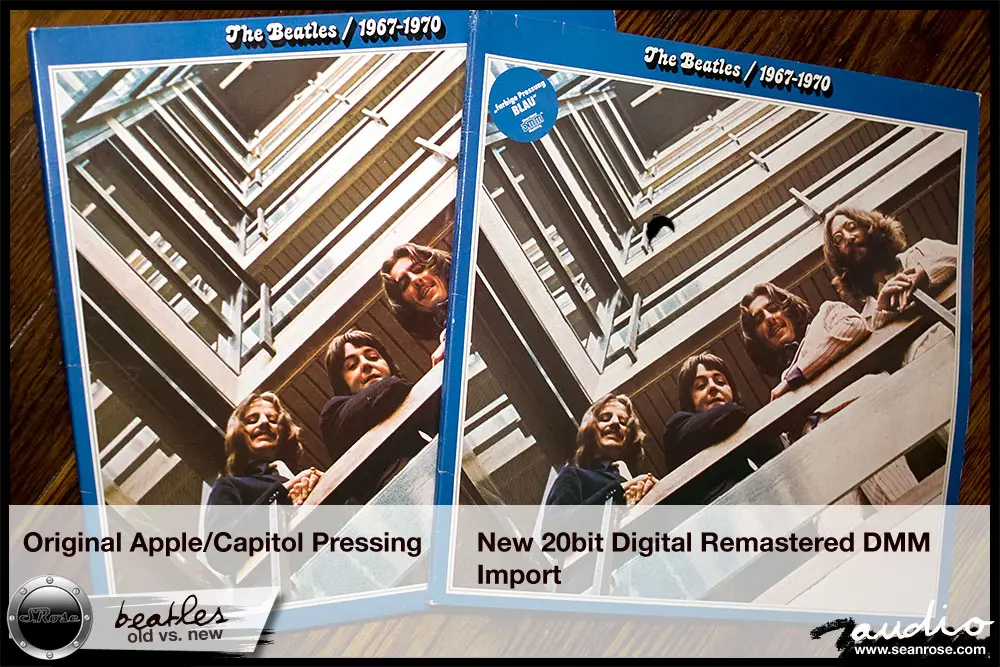
Of note is the little import DMM badge.
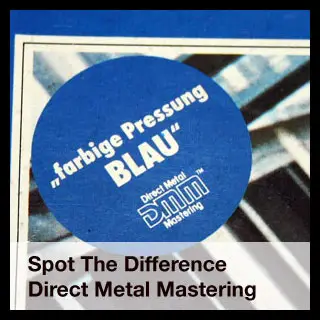
What Is DMM?
Direct Metal Mastering is a record producing process that never really caught on here in the states because the record companies were already planning on the CD transition. It was supposed to improve the sound quality of records by cutting directly into metal, not lacquer that was then plated with metal. Hit the link for the full write up. Anyway, DMM never really caught on — at least not for LPs. However, some of the early video discs used DMM.
So Which One Sounds Better?
Before I give my subjective version on which sounds better, let us use the computer to take a look at the waveforms of one of the tracks, George Harrison's Here Comes The Sun.
Original LP Waveform
The original waveform looks like many old recordings with a clearly defined series of peaks and ridges. It is easy to see there are soft and loud parts to this piece.
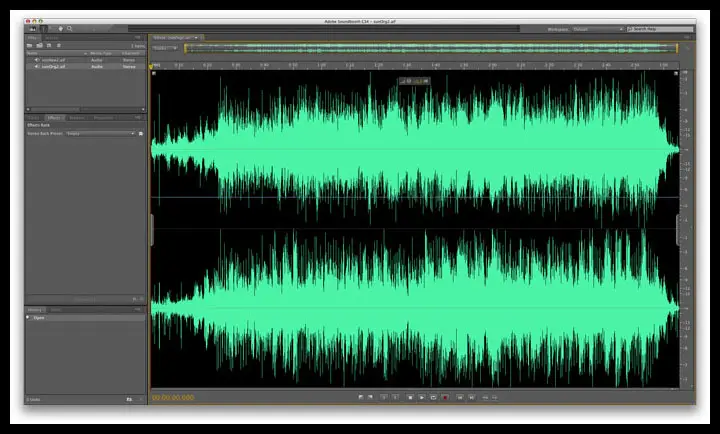
DMM Digital Remaster Waveform
The DMM waveform is actually pretty close to the original, I had expected more of a difference in terms of compression and equalization. Note the overall volume is just slightly higher, with slightly less dynamic range in peaks to valleys.
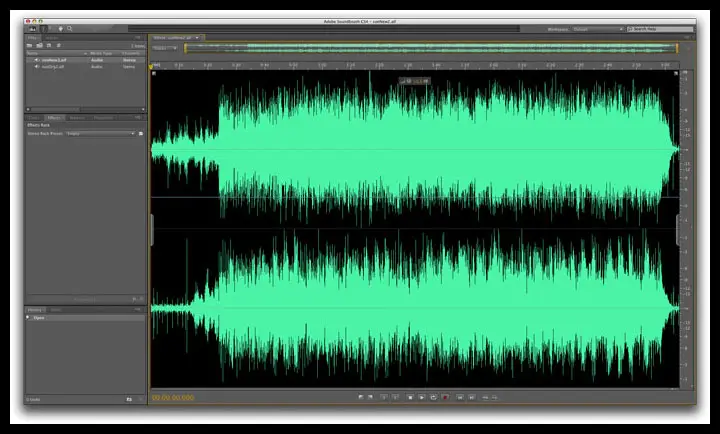
The neat thing about the computer is you can overlay the waveforms and get a display of exactly what is different. For all of those who say, "it doesn't matter, it all sounds the same," well this is clear proof that they all don't sound the same. The pink wave shows there is actually quite a bit of information different in these two recordings, both made from the exact same original song.
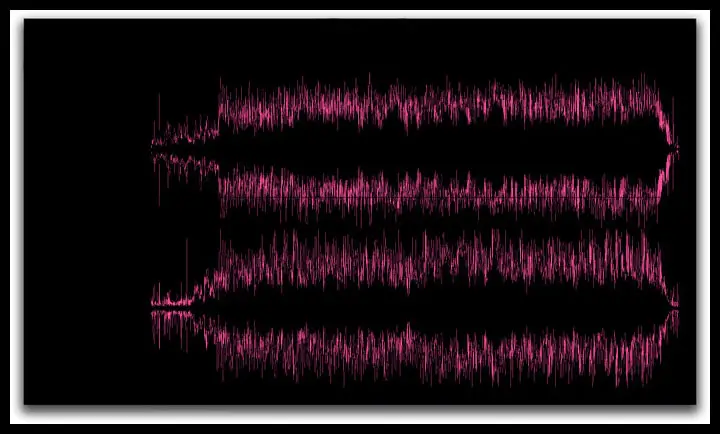
The Loudness War
For reference, here is a modern recording from CD, a track from Dave Matthews Band - Big Whiskey and the GrooGrux King. This is a perfect illustration of why audiophiles despise the record companies — The Loudness Wars. This CD is so compressed in order to sound "loud" on a cheap stereo, that it has lost all resemblance to the original performance. There is a complete lack of dynamic range. For all purposes, the waveform is simply a rectangle. Whoever was responsible for this master, needs to find a different line of work, in my humble opinion, because they suck at their job. The good news is The Beatles DMM remastered LP doesn't look like this:
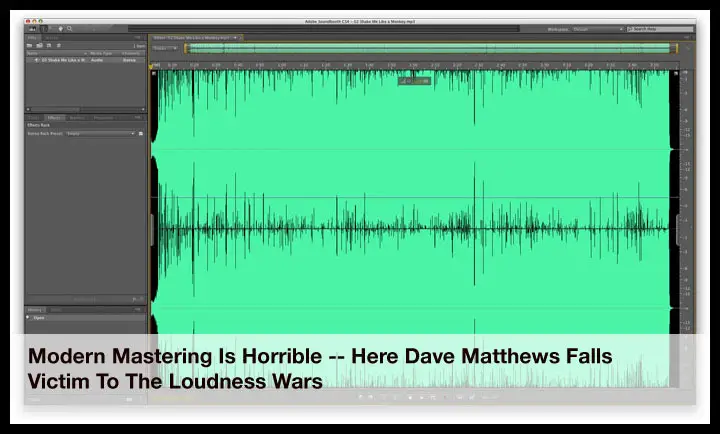
So Really, How's The Sound?
I prefer the DMM LPs. I did not expect that to happen, since they had been through a digital conversion and have undeniably been slightly altered in the remaster process.
The bass on the remaster LP is certainly louder, but it's also slightly cleaner and more defined. The guitar in the intro of the song sounds almost tinny on the original LP, on the remaster it sounds like a nice guitar. It's easier to hear the tapping in the backdrop used to keep the beat. I am not sure if that was George Harrison or one of the other band members, but it is there and it is easier to hear on the remaster. Listen below for yourself.
In every way I can tell on my shiny AKG 701 cans and my B&W speakers, the DMM LPs are better, but also don't ruin or change the original. It's the same song, just slightly cleaner.
Listen For Yourself
Please note, these files are not complete songs. Don't Steal Music.They are only a few seconds of Here Comes The Sun from the LPs so you can hear, if any, differences in the DMM mastering technique vs. the original lacquer mastering technique. Depending on your hi-fi equipment, your mileage may vary! These were recorded from a nice turntable with a computer speed controller and acrylic platter using a Julia 24bit recording studio sound card, which by the way is very highly recommended for audiophile work. I love it.
MP3 - 48Khz 320Kbit Stereo
AIFF - 96Khz 24bit Uncompressed Stereo